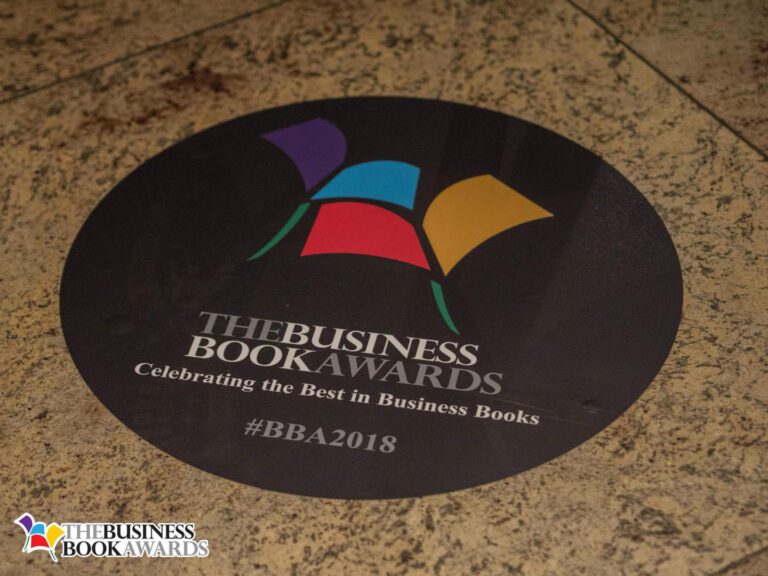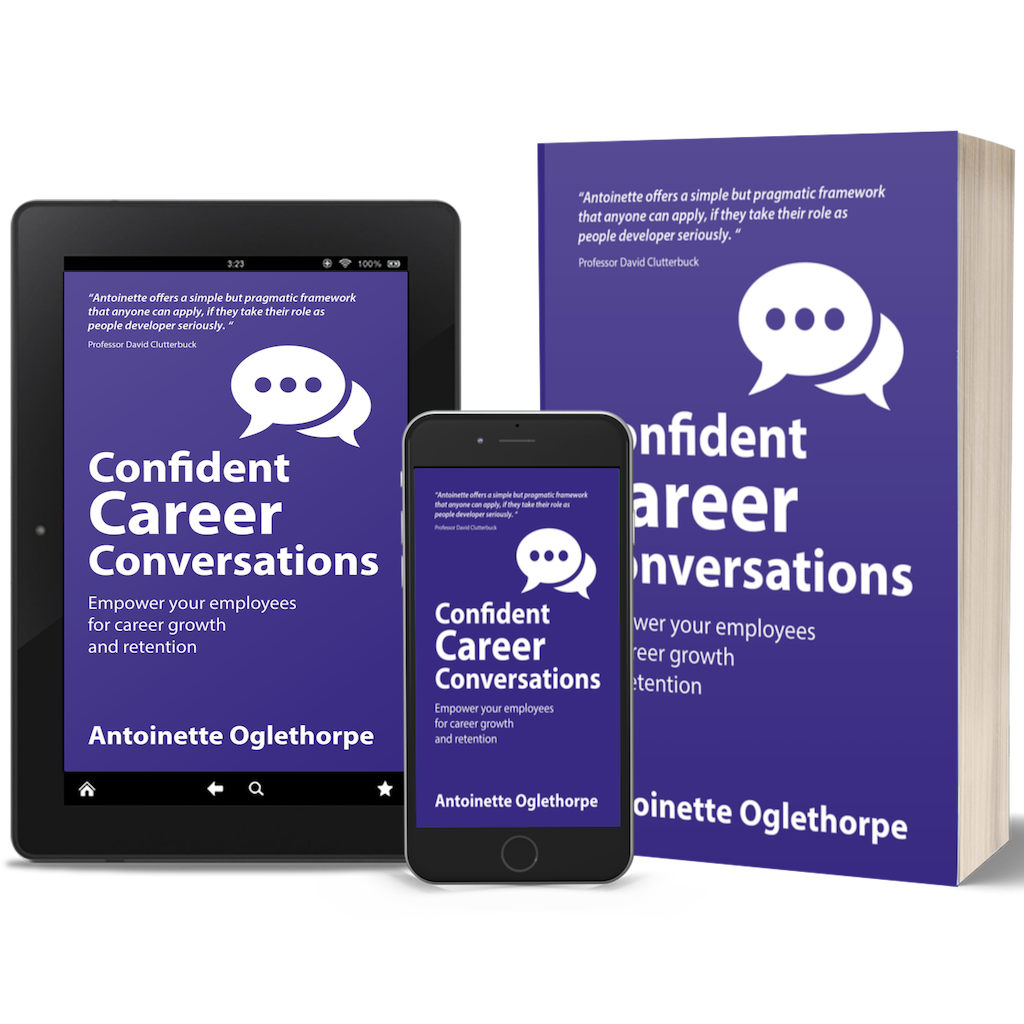It was a great time for high-tech businesses.
It was the year 2000 at the height of the dot-com boom. Tech companies were springing up everywhere – it was the birth of Silicon Valley. Twenty-year-old geeks who couldn’t get a date in school were starting companies in their bedrooms, becoming millionaires overnight.
And I was part of it. I was employee number three in the UK for Avanade, a joint venture between Accenture and Microsoft.
Among the crowd of start-ups, Avanade was different. For one, it was the brainchild of two well established, successful companies. And secondly, it was global. Avanade started up in eleven countries all at the same time.
But it faced the same challenges as every other start-up. It needed brilliant products and services that solved genuine client problems. It needed people – and lots of them – to deliver those products and services and solve those client problems. And it needed to do that in a way that it could grow and scale quickly. The company needed the technical skills, consulting skills and management skills to serve clients. As International Training Director, my brief was clear: I was responsible for developing the workforce in every country outside the US. It wasn’t long before I got my British Airways Gold Card as I travelled the world, putting the learning and development operation in place.
Growing faster than anyone could have imagined
In twelve months we had grown the company to over 1,200 employees working in the US, Europe, Asia and Australia. Although in a global role, I was in the UK – a country in which the company’s growth was the fastest outside the US. We heralded our wins and welcomed yet more new employees to our growing company. At a party for the company’s birthday (which was coincidentally the same day as my own), I stood next to the General Manager, surveying the bar full of our employees, looking in wonder at what we’d achieved and feeling so proud. It was like we were part of one big, happy family, working together and making a difference.
Then the dot-com bubble burst. And everything changed.
Having set up the learning and development operation everywhere outside the US, I had been asked by the company to take on the role of HR Director for the UK. In my first day in the role, the General Manager invited me out for a drink. How kind, I thought. It’s to welcome me to his leadership team. Well, yes, it was. And it wasn’t.
Over my ‘welcome’ drink, he told me that my first task as HR Director was to make 10% of the workforce redundant. The UK had grown so quickly that we had too many consultants and not enough client projects. Eleven people had to go.
Tough times mean tough conversations
I don’t think it matters how logical, commercial or business minded you are; when you have someone’s career in your hands, it is a heart-wrenching, stomach-churning feeling. I will never forget standing in the Boardroom the day the General Manager told those eleven people their jobs were at risk. One young man’s head fell to the desk in despair. He had just exchanged contracts on his first house.
The atmosphere in the company changed. We weren’t a big, happy family anymore. We were ‘them’ and ‘us’ – the management who could take jobs away, and the employees who had delivered all the work but could still be let go at a moment’s notice.
As HR Director, my brief now was to rebuild morale. I needed to develop a workforce that would not only survive but thrive through the downturn. We had grown so far on technical know-how. Now we needed more know-what and know-who. We needed good, strong leaders, and we needed them to have the skills and confidence to take action. And we needed to develop that culture throughout the organisation.
How to develop leaders. Lessons from a fast-growing, high-tech company
I learned a lot through that period. I learned that you need leaders at every level of the organisation if you are going to grow sustainably; you need to focus on the future success you want to create rather than the past that you want to change; you need to envisage the future and identify the leaders to realise that vision.
I learned that not all employees have the potential or ambition to take on leadership roles. You need to assess their ability and their motivation. I learned that people don’t develop leadership skills and confidence by osmosis. You need to develop your current and future leaders proactively. I learned that if you want leadership to become part of the fabric of your organisation, you need mechanisms in place: processes and practices that will embed and reinforce the correct behaviours daily.
It took investment, effort and skilful application but we made it work. Avanade returned to growth and continued to thrive. The young man whose head had fallen to the desk came back as soon as the opportunity arose.
You can find out more about my experience and how I’ve applied the lessons I’ve learned in Grow Your Geeks – A Handbook for Developing Leaders in High-Tech Organisations.




3 thoughts on “How to Develop Leaders: Lessons from a Fast-growth, High-tech Start-up”
Thanks for sharing a part of your personal back story Antoinette. I wasn’t aware of it and it sets the context for your book and the challenges involved in building a business and growing your geeks. Lessons not just for tech companies; me thinks.
Thanks Sharon. Glad you liked it.
Just loved this post.. thanks for sharing ?